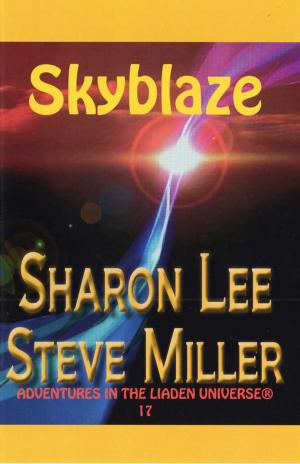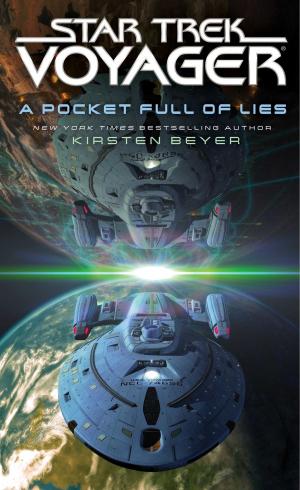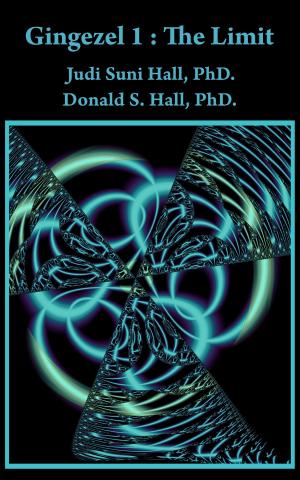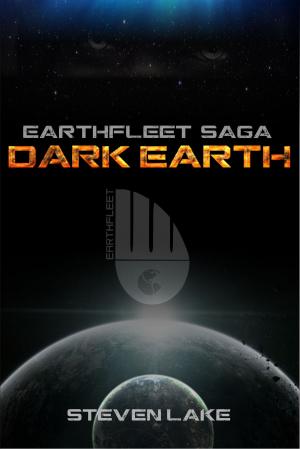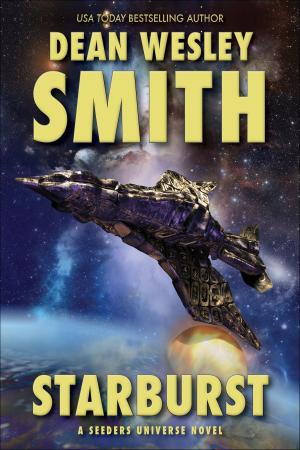| Author: | Harding McRae | ISBN: | 9780985849405 |
| Publisher: | Chris Thompson | Publication: | March 31, 2014 |
| Imprint: | Harding McRae Press | Language: | English |
| Author: | Harding McRae |
| ISBN: | 9780985849405 |
| Publisher: | Chris Thompson |
| Publication: | March 31, 2014 |
| Imprint: | Harding McRae Press |
| Language: | English |
As each of the nine found a place on the ledge overlooking the land below, they gently held hands. Not only to steady themselves physically, but mentally as well. What they saw was a vast wasteland, devoid of vegetation, in the midst of a perpetual, but stationary, tornado-and cold, so very cold. As far as one could look, there was darkness, but a visible darkness, an illuminated darkness. The smog of all smog, the haze of all haze. And the wind. Blowing in a swirling, pulsing, random pattern. Then, suddenly, a lightning storm-but very much unlike "normal" lightning. The billion-volt-plus electromagnetic pulses, with surges reaching peaks well-above 50,000 amps, were arcing across miles of sky, rarely striking the ground, and left eerie, luminous trails in the sky-oddly similar to those irridescent trails left by meteors. What was this place in which they now found themselves? They knew going in it would be a one-way trip with no hope of return. The hand-picked team of academics and scientists from around the world were being given a chance to reinvent humanity on a newly discovered distant moon of Jupiter . . . a place that had an atmosphere and gave every appearance of being able to sustain human life. But this was not the reception they were expecting. Could this handful of men and women colonize a remote planet, develop its resources in a way that would support a new civilization, and give mankind a do-over that was all but impossible on Earth? They had been armed with the full knowledge of thousands of years of human history-its greatest achievements and its worst failures-and now the team had the perfect opportunity to "get it right." Still, this do-over came with one distinct advantage . . . they had been provided with the best technology on Earth in the 21st century. But would it be enough?
As each of the nine found a place on the ledge overlooking the land below, they gently held hands. Not only to steady themselves physically, but mentally as well. What they saw was a vast wasteland, devoid of vegetation, in the midst of a perpetual, but stationary, tornado-and cold, so very cold. As far as one could look, there was darkness, but a visible darkness, an illuminated darkness. The smog of all smog, the haze of all haze. And the wind. Blowing in a swirling, pulsing, random pattern. Then, suddenly, a lightning storm-but very much unlike "normal" lightning. The billion-volt-plus electromagnetic pulses, with surges reaching peaks well-above 50,000 amps, were arcing across miles of sky, rarely striking the ground, and left eerie, luminous trails in the sky-oddly similar to those irridescent trails left by meteors. What was this place in which they now found themselves? They knew going in it would be a one-way trip with no hope of return. The hand-picked team of academics and scientists from around the world were being given a chance to reinvent humanity on a newly discovered distant moon of Jupiter . . . a place that had an atmosphere and gave every appearance of being able to sustain human life. But this was not the reception they were expecting. Could this handful of men and women colonize a remote planet, develop its resources in a way that would support a new civilization, and give mankind a do-over that was all but impossible on Earth? They had been armed with the full knowledge of thousands of years of human history-its greatest achievements and its worst failures-and now the team had the perfect opportunity to "get it right." Still, this do-over came with one distinct advantage . . . they had been provided with the best technology on Earth in the 21st century. But would it be enough?




